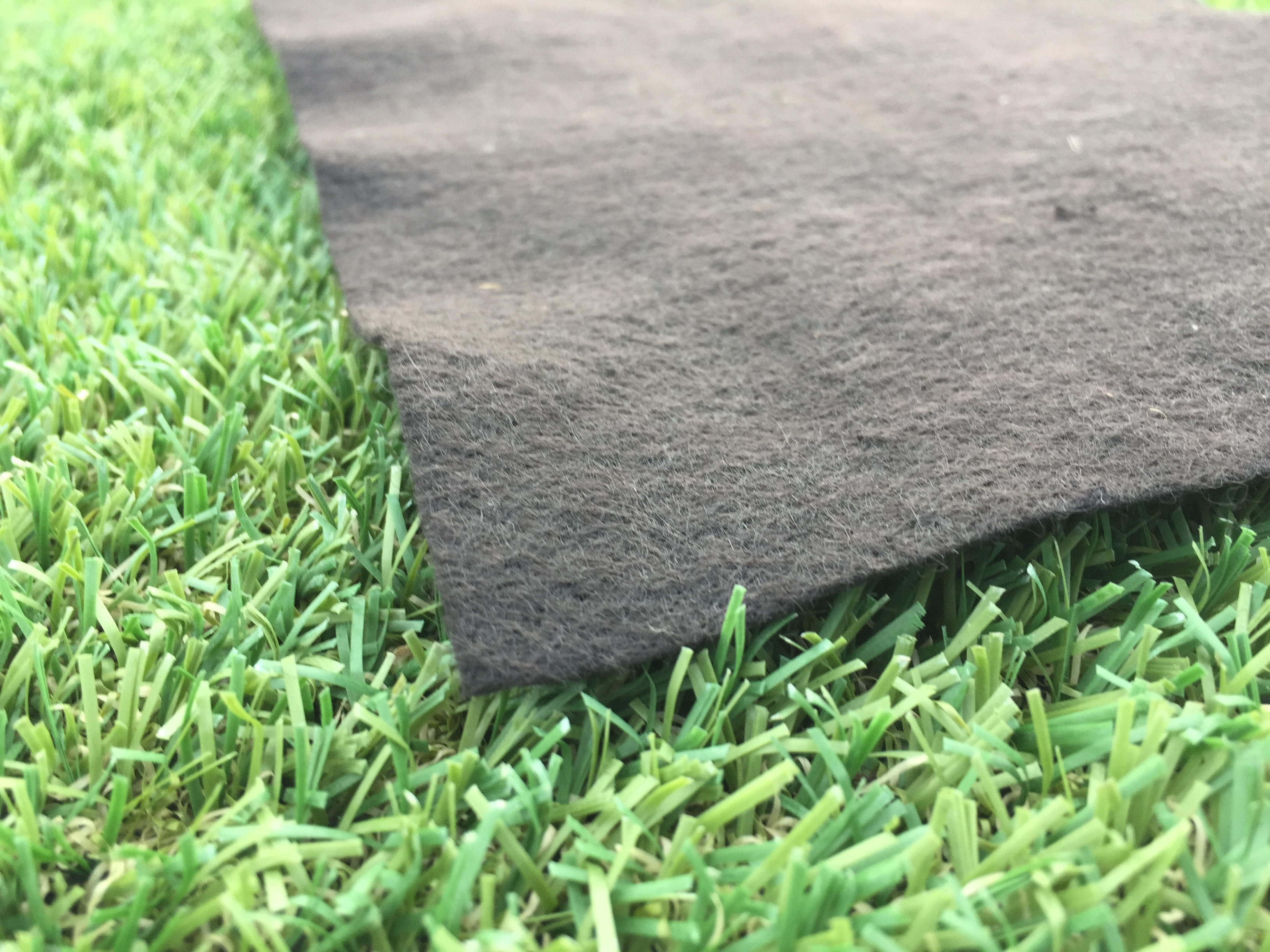PLA, or polylactic acid, is a biodegradable and compostable polymer derived from renewable resources such as corn starch or sugarcane. It is often used as an alternative to traditional petroleum-based plastics. PLA has gained popularity in various applications, including packaging materials, disposable cutlery, and 3D printing.

When it comes to weed barriers, PLA can be utilized as a biodegradable option. A weed barrier, also known as a weed control fabric or landscape fabric, is a material used to suppress the growth of weeds in gardens, flower beds, or other landscaped areas. It acts as a physical barrier that prevents sunlight from reaching the soil, thus inhibiting weed germination and growth.
Traditional weed barriers are often made from non-biodegradable materials like polypropylene or polyester. However, PLA-based weed barriers offer an environmentally friendly alternative. These biodegradable weed barriers are typically woven or non-woven fabrics made from PLA fibers. They perform the same function as conventional weed barriers but have the advantage of naturally decomposing over time.
It’s important to note that the effectiveness and durability of PLA weed barriers can vary depending on the specific product and application. Factors such as the thickness of the fabric, weed pressure, and environmental conditions can impact its performance. Additionally, PLA weed barriers may have a shorter lifespan compared to non-biodegradable alternatives.
Before using a PLA weed barrier, it’s advisable to assess its suitability for your specific needs and consider factors like the intended application, expected lifespan, and local climate conditions.
Post time: Apr-11-2024
